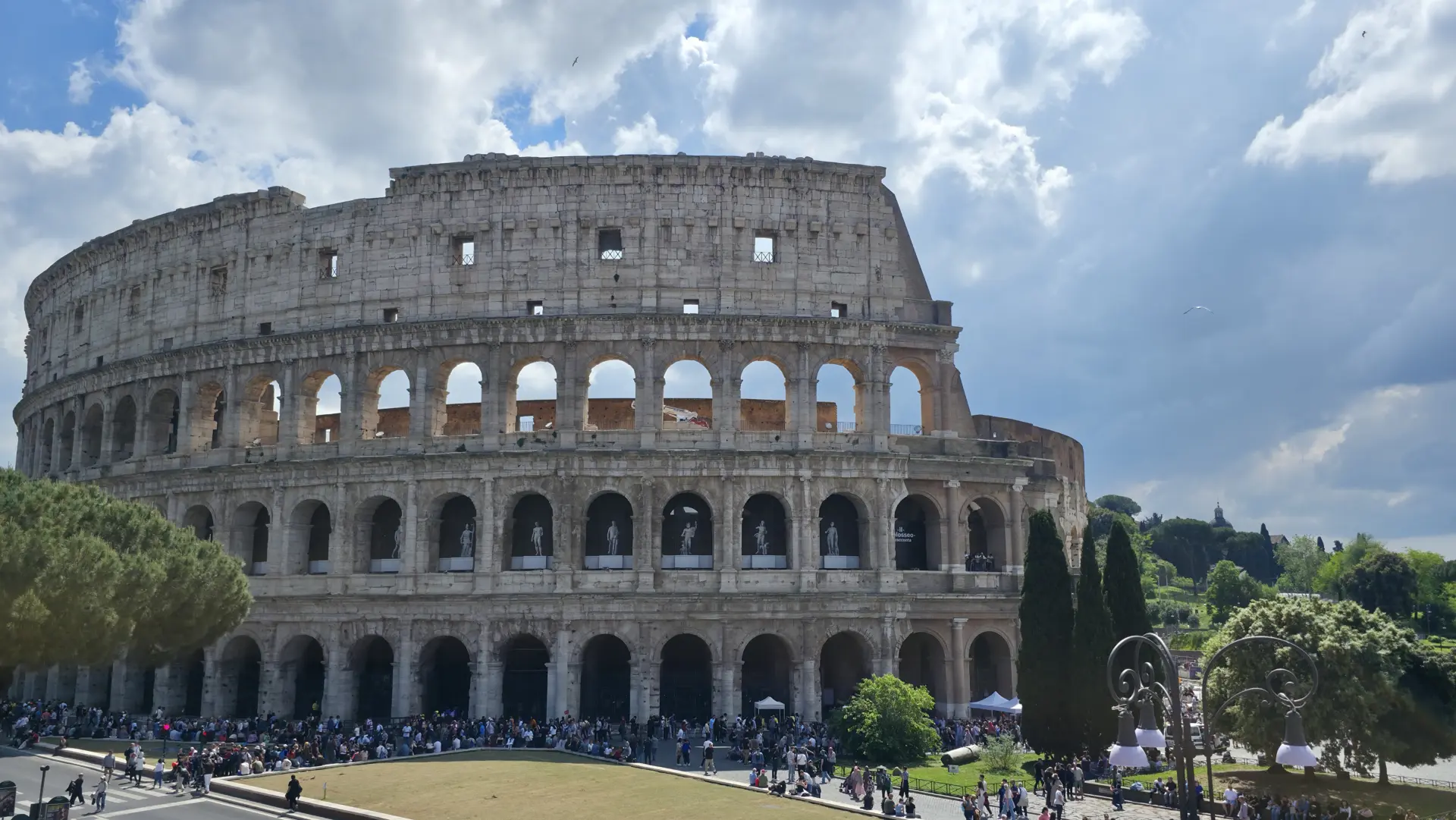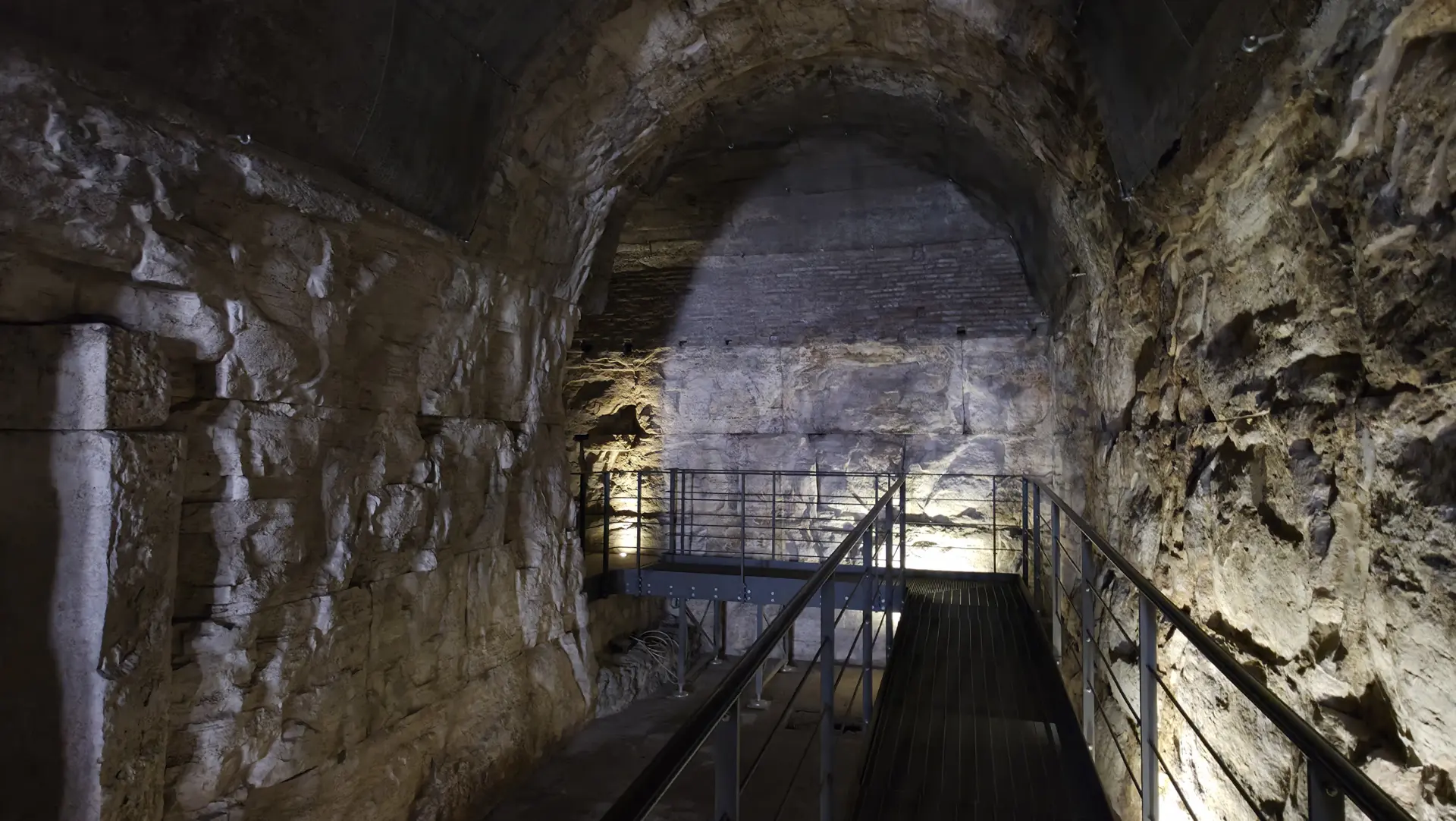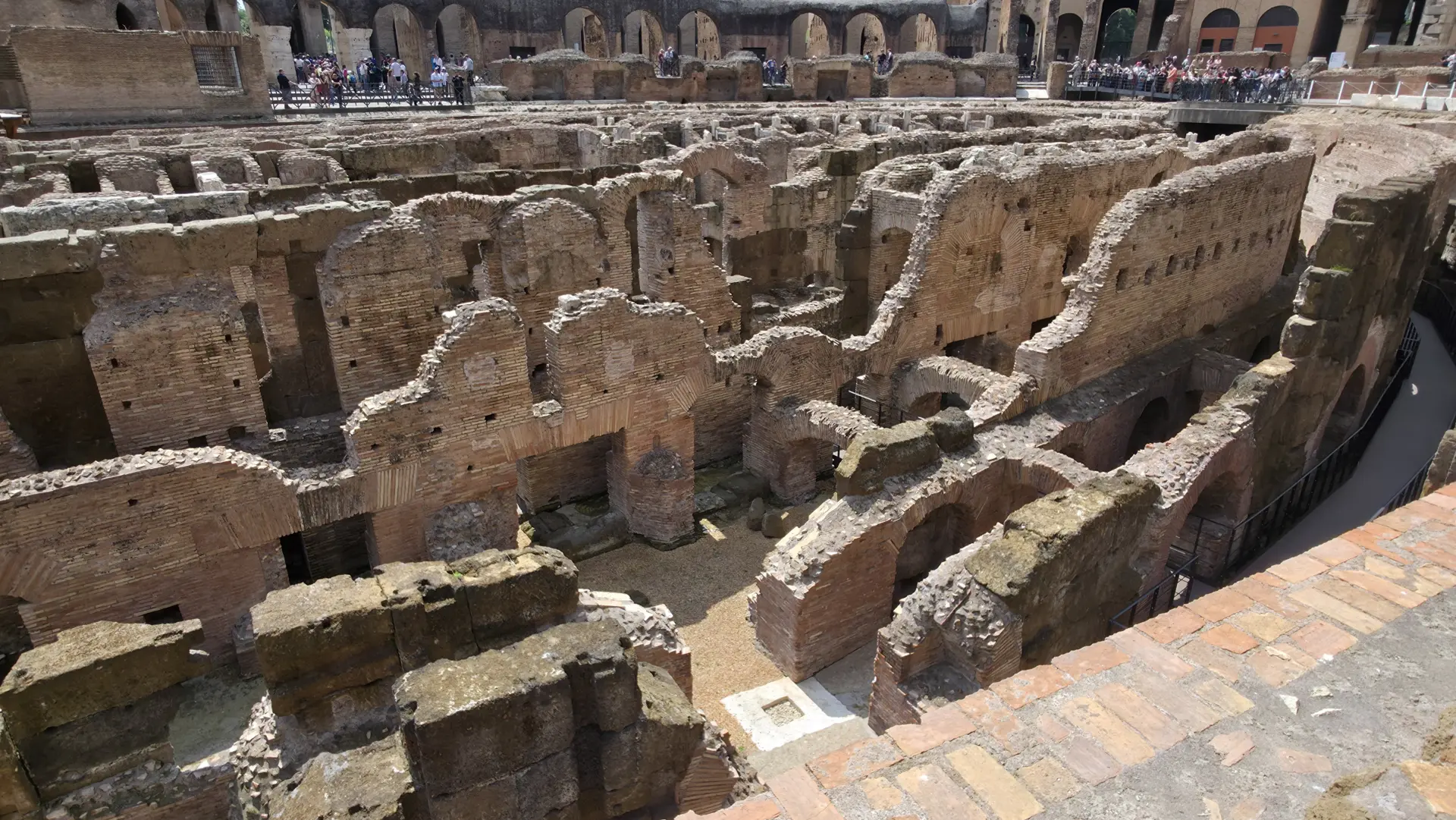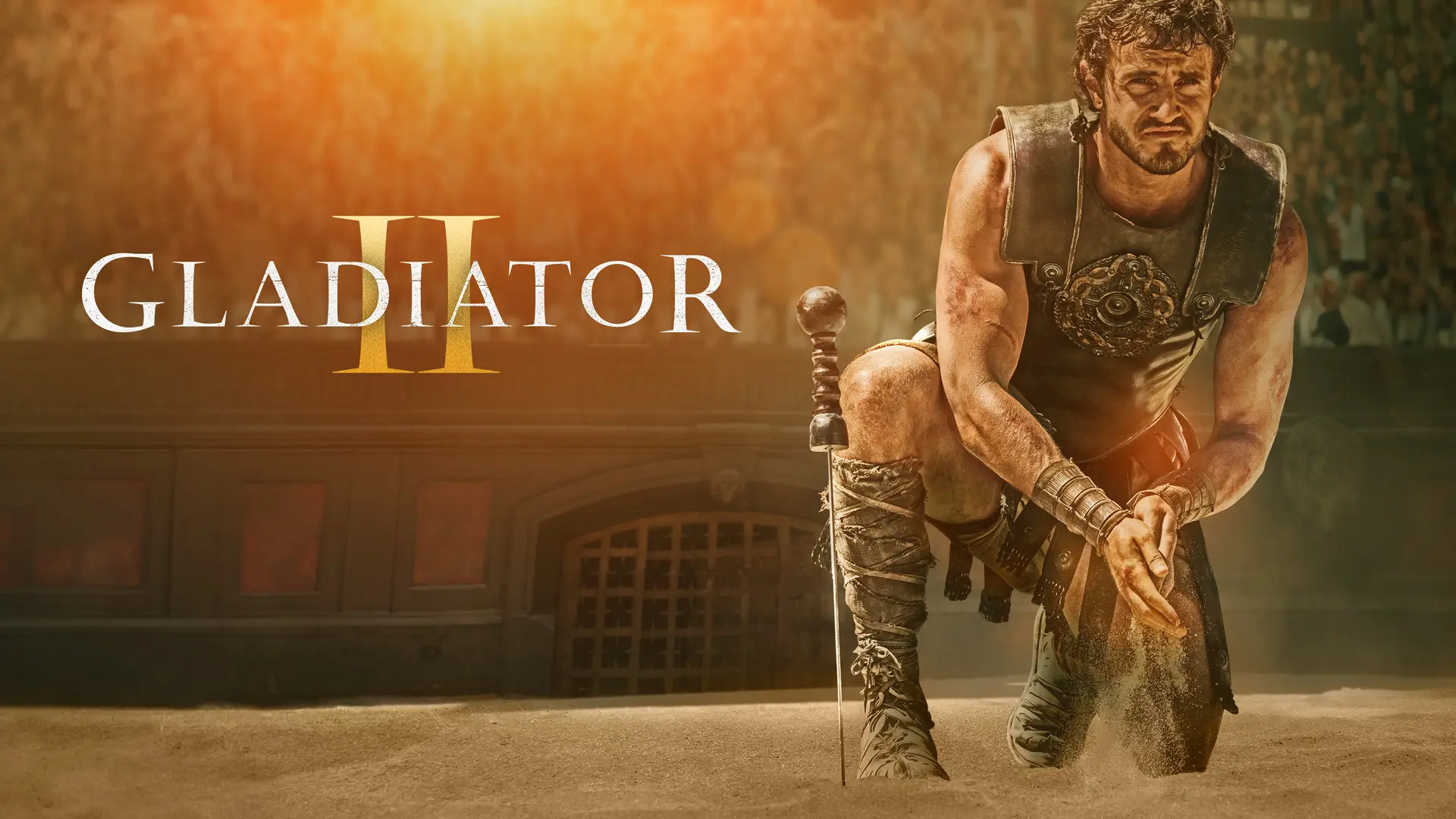Ciao cinefili e sognatori 🎬 There are places that live inside you long after you leave. For me, Rome is one of those places. From walking the shadowed corridors beneath the Colosseum to standing in the open arena and imagining the roar of the crowd, the city felt both ancient and personal.
It was during those moments that I remembered Gladiator. And now, having watched Gladiator II (2024), that feeling has returned, deeper, more layered, and emotionally charged. The legacy of Maximus lives on, not only through cinema, but through the very stones of Rome itself.
⚔️ Gladiator II: The Legacy Rekindled
Directed by Ridley Scott, Gladiator II takes us forward in time while staying grounded in the emotional resonance of the original. Paul Mescal stars as Lucius Verus, the boy we last saw in Gladiator (2000), now a man navigating the political and personal consequences of empire. This time, it’s a more introspective journey. Lucius is torn between memory and responsibility, between what he witnessed in the arena and what the world expects of him. The film doesn’t try to replicate Maximus’ story, it wisely offers something new: a meditation on legacy, trauma, and self-discovery in the shadows of a once-glorious Rome.
Alongside Mescal, Denzel Washington and Pedro Pascal bring commanding energy and tension, and Connie Nielsen returns as Lucilla with quiet grace and emotional depth. The performances are outstanding, and the film’s tone is less about vengeance, and more about reflection.
🔗 Echoes of Maximus
Maximus may be gone, but his presence lingers like incense in a temple. Gladiator II doesn’t shy away from this, instead, it leans in. From whispered stories to symbolic gestures, Maximus is the spirit that drives Lucius, the memory that shapes his every choice. The sequel pays homage through subtle callbacks: a field of wheat, a blade in the sand, a man choosing principle over survival.
If you’ve read my earlier posts on the Colosseum and the underground Hypogeum, you know how powerful those spaces felt to me. Watching Gladiator II after walking those very stones made the film feel even more alive. I could still hear my guide describing the trapdoors. I remembered the silence below the arena floor. And when the camera swept across the amphitheater, I saw not just fiction, but memory.


🏛️ Rome, Reimagined
Although parts of the film were shot in Malta and Morocco, the emotional and symbolic heart of Gladiator II remains deeply tied to Rome. The Colosseum, in particular, is more than a backdrop, it’s a character in its own right. Having walked through those upper tiers, stood on the arena floor, and descended into the Hypogeum, I watched the film with a kind of layered awareness. I noticed how the light filtered in. I recognized the shape of the corridors. I remembered the quiet.

Rome isn’t recreated in Gladiator II, it’s invoked. The power, pain, and possibility of the empire are there in every marble echo, every stolen glance between characters. This is not the Rome of textbooks. This is the Rome of emotion, of legacy, of things felt and remembered.
Final Thoughts
Gladiator II is not an imitation of the first film. It is a spiritual continuation, a new chapter that honors the old while bravely stepping into new ground. It is quieter, more poetic, and arguably more human. It doesn’t aim to shock. It aims to resonate.
For those who have traveled to Rome, walked its ruins, and stood in the places where stories unfolded, this film will speak louder than most. And for those who haven’t yet made the journey, it might just plant the seed.
So yes, watch it. Reflect. Remember. And if you ever find yourself standing in the Colosseum or drifting beneath its arena floor, you might feel what I felt: that these stories don’t just live in film. They live in stone.
xoxo,
Bubbly 💖


